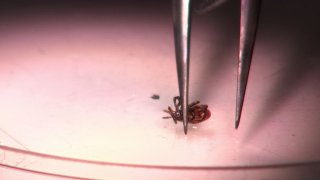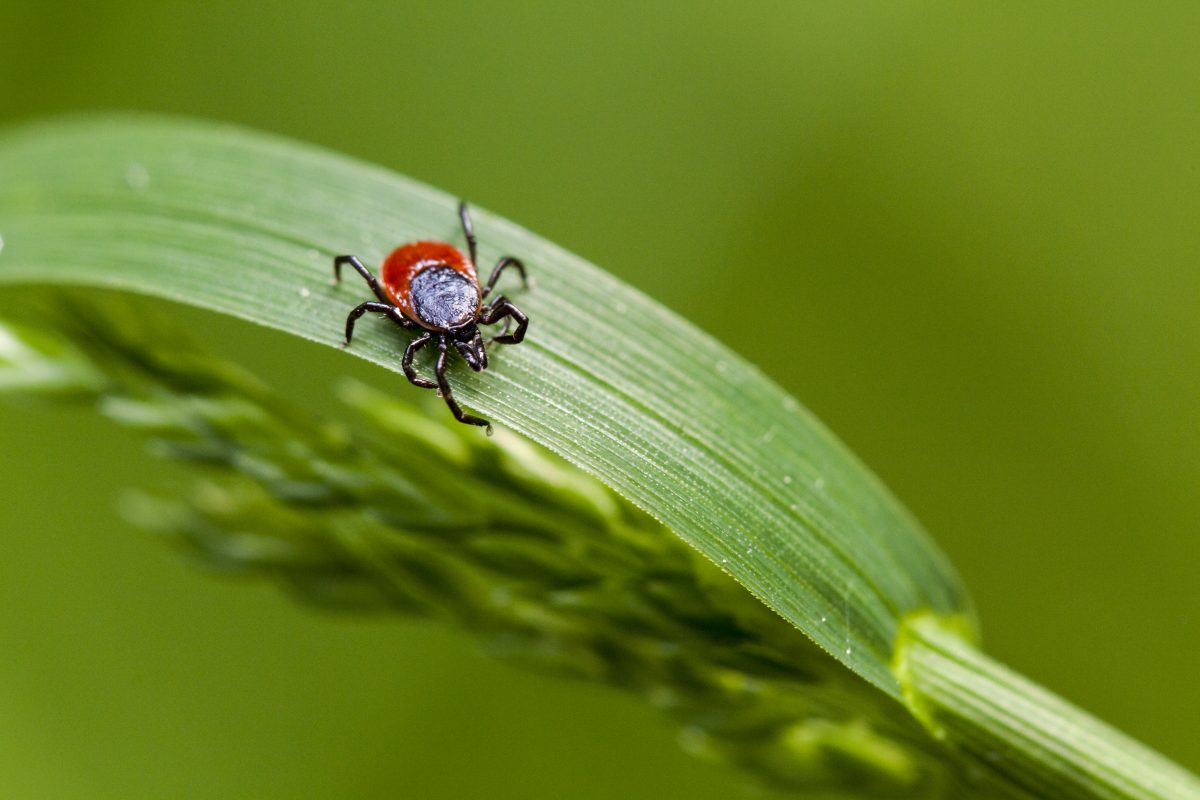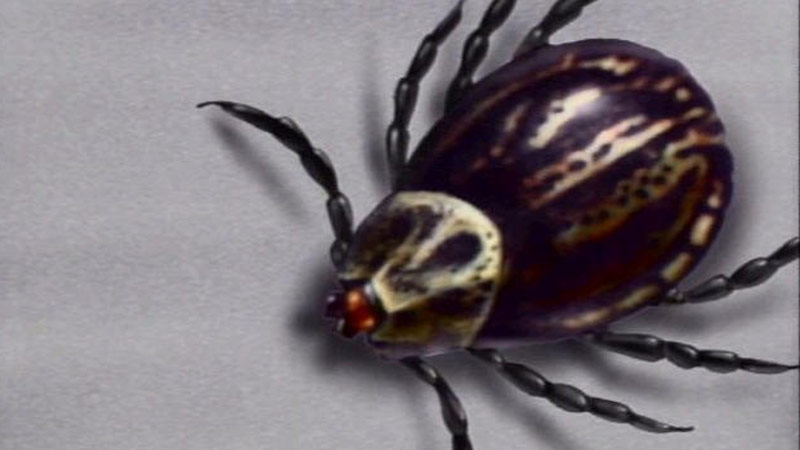
A mild winter means we can expect more ticks in New England as we move into one of our peak tick seasons. As warm weather draws more of us outside, the Animal Rescue League of Boston has tips on how to prepare.
First, consider putting your pet on a tick preventative – and don’t wait until warmer weather. Dr. Nicole Breda of Animal Rescue League said with days already hitting over 50 degrees, the ticks are already out. She recommends having your pet on a tick preventative year-round.
Second, consider vaccination against the Lyme vaccine. It gives an extra layer of protection against the most common tick-borne disease.
Third, check your pets over for ticks after spending time outside. Make sure to look in eats and between toes. It takes about 24 hours for a tick to feed and start spreading disease, so catching them before they settle in is an easy way to prevent problems.
Get Boston local news, weather forecasts, lifestyle and entertainment stories to your inbox. Sign up for NBC Boston’s newsletters.
“If you can really catch them as soon as they’re crawling on the fur, before they burrow down, you can really decrease the chance of any transmission of those diseases,” Breda said.
Even if your pet is on a tick preventative that kills them when they bite, if you skip the tick check they could still bring them into your house.
Lyme is the most common tick-transmitted disease in our area. Breda says dogs infected with Lyme usually won’t show symptoms for six to eight weeks, which can include swollen joints, fever, not wanting to eat and lethargy. They can also have chronic issues down the line, like kidney failure.
Unlike humans, they aren’t likely to have an easy-to-spot bullseye or fast-onset symptoms.
Anaplasmosis, which Breda says is sometimes referred to as Lyme’s little sister, is also common. It can cause blood disorders in dogs. Other routinely seen diseases are ehrlichia and Rocky Mountain spotted fever. Experts have also recently warned of an increase in cases of babesiosis in recent years. These diseases can be spread from ticks to humans as well.
More on ticks
Other ways to reduce your risk of tick bites are to mow your lawn regularly and wear long pants and sleeves while outside, especially in tall grass or brush.
For more information on ticks from the Centers for Disease Control and Prevention, click here.




